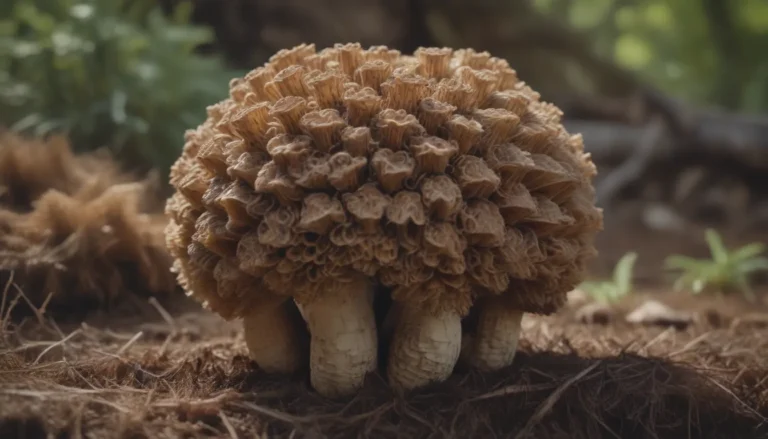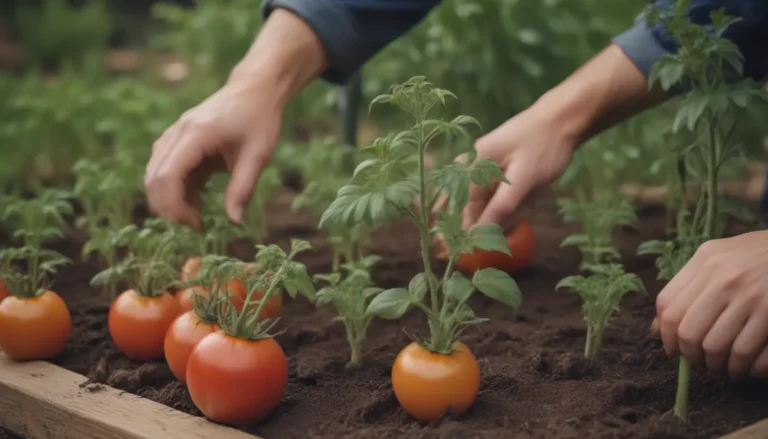The Ultimate Guide on How to Heat a Greenhouse

Are you looking to maintain the perfect climate for your beloved plants year-round? Knowing how to heat a greenhouse is essential for ensuring your plants thrive regardless of the season. From passive solar heating to geothermal heating, there are various methods you can utilize to keep your greenhouse warm and cozy. In this comprehensive guide, we will explore eight different ways to heat a greenhouse effectively so that your plants can flourish.
Understanding the Temperature Needs of Greenhouse Plants
Before diving into the various heating methods, it’s essential to understand the temperature requirements of greenhouse plants. While the ideal temperature range may vary depending on the types of plants you are growing, most plants with foliage thrive in temperatures between 65°F and 80°F. Maintaining the right temperature is crucial for the health and growth of your plants, especially during colder months or at night.
1. Passive Solar Heating
Passive solar heating is the fundamental concept behind greenhouses. By harnessing the sun’s natural light, you can create a warm and inviting environment for your plants. Here are some key points to consider about passive solar heating:
- Light from the sun shines through transparent panels to create interior heat.
- Keep the panels clean and add insulation to maximize the heating effect.
- It’s a free and energy-efficient way to heat your greenhouse.
2. Solar Heating
Solar heating for greenhouses involves using photovoltaic solar panels to collect and convert the sun’s energy into electricity. This method is ideal for those looking for a sustainable and renewable energy source. Here are some benefits of solar heating:
- It provides dependable heat without relying on traditional power sources.
- While there is a high initial cost, solar heating is best suited for sunny regions.
- You can use the electricity generated to power various heating devices in your greenhouse.
3. Geothermal Heating
Geothermal heating utilizes the natural heat from the earth to warm your greenhouse. By burying tubes underground, you can create a loop system that circulates hot air or fluid into the greenhouse. Here are some key points about geothermal heating:
- It offers free heat generation with low maintenance requirements.
- While it may have a high upfront cost, geothermal heating is a long-term, sustainable solution.
- Consider using air or fluid-filled tubes for efficient heating and cooling all year round.
4. Forced Air Heating
Forced air heaters use electric coils to generate heat, which is then distributed throughout the greenhouse via airflow. This method is effective for quickly warming up the space during cold spikes. Here are some benefits of forced air heating:
- It provides rapid heat distribution and can serve as a backup heating source.
- Forced air heaters can be powered by household current or solar panels.
- While it may be more expensive to operate, forced air heating is efficient in maintaining a consistent temperature.
5. Infrared Heating
Infrared heaters use radiative sources to transmit heat directly to objects in the greenhouse, rather than heating the air. This method is energy-efficient and can save on fuel costs. Here are some key points about infrared heating:
- It is energy-efficient and doesn’t dry out the air like traditional heating methods.
- Infrared heaters heat up the plants, the greenhouse frame, and objects in the space.
- Be cautious with high-intensity lamps, as they may damage plants due to excessive heat exposure.
6. Oil-Filled Heaters
Oil-filled heaters are versatile and can be used to maintain a consistent temperature range in the greenhouse. These heaters slowly heat up but retain warmth longer due to the oil’s heat absorption. Here are some benefits of oil-filled heaters:
- They are easy to set up and operate, requiring only household electricity.
- Oil-filled heaters are safe and provide long-lasting warmth.
- While they may be slow to heat up, these heaters are effective in keeping the greenhouse cozy.
7. Kerosene Heating
Portable kerosene heaters can provide quick heat in greenhouses during cold snaps or emergencies. While kerosene heaters are effective, it’s crucial to use high-grade kerosene to avoid damaging your plants. Here are some key points about kerosene heating:
- Kerosene heaters are low-cost and don’t require electricity to operate.
- Ensure proper ventilation when using kerosene heaters to prevent plant damage.
- While effective in heating the greenhouse, kerosene heating methods are generally less preferred due to the risk of sulfur dioxide exposure.
8. Gas Heating
Gas heaters powered by natural gas can provide on-demand heat for greenhouses. While gas heating is reliable and cost-effective, it requires professional installation and maintenance. Here are some benefits of gas heating:
- Gas heaters offer dependable heat and lower operational costs compared to other methods.
- Ensure proper ventilation and a buried gas line for safe operation.
- While installation costs may be higher, gas heating is a long-term solution for heating your greenhouse.
Tips for Heating a Greenhouse
In addition to the various heating methods discussed above, here are some tips to help you effectively heat your greenhouse and create an optimal environment for your plants:
- Utilize thermal mass devices such as water jugs or bricks to store heat from the sun and radiate it as temperatures cool.
- Consider insulating your greenhouse with bubble wrap or thermal insulated polycarbonate panels for improved heat retention.
- Leverage the sun as the primary source of heat for your greenhouse to reduce energy costs and environmental impact.
By implementing these tips and exploring different heating methods, you can create an ideal environment for your plants to thrive year-round. Whether you opt for passive solar heating, geothermal heating, or traditional heating sources, choosing the right method for your greenhouse can make all the difference in the health and growth of your plants.
Sources:
– Growing Indoor Plants With Success. University of Georgia Extension.
– Geothermal Heat for Greenhouses. U.S. Department of Agriculture Extension Foundation.
– Dealing with the High Cost of Energy for Greenhouse Operations. Virginia Cooperative Extension.
– Smith, B. J., Stafne, E. T., Sakhanokho, H. F., & Sampson, B. J. Intensity of Supplemental Greenhouse Lighting Affects Strawberry Plant Growth, Anthracnose Infection Response, and Colletotrichum Pathogen Development in Culture. HortScience, vol. 58, no. 1, 2023, pp. 127-133. doi:10.21273/HORTSCI16888-22
– Hobby Greenhouses. University of Georgia Extension.
In conclusion, understanding how to heat a greenhouse effectively is essential for creating a thriving environment for your plants. By exploring the various heating methods and tips provided in this guide, you can ensure that your greenhouse remains warm and cozy throughout the year. Happy gardening!





